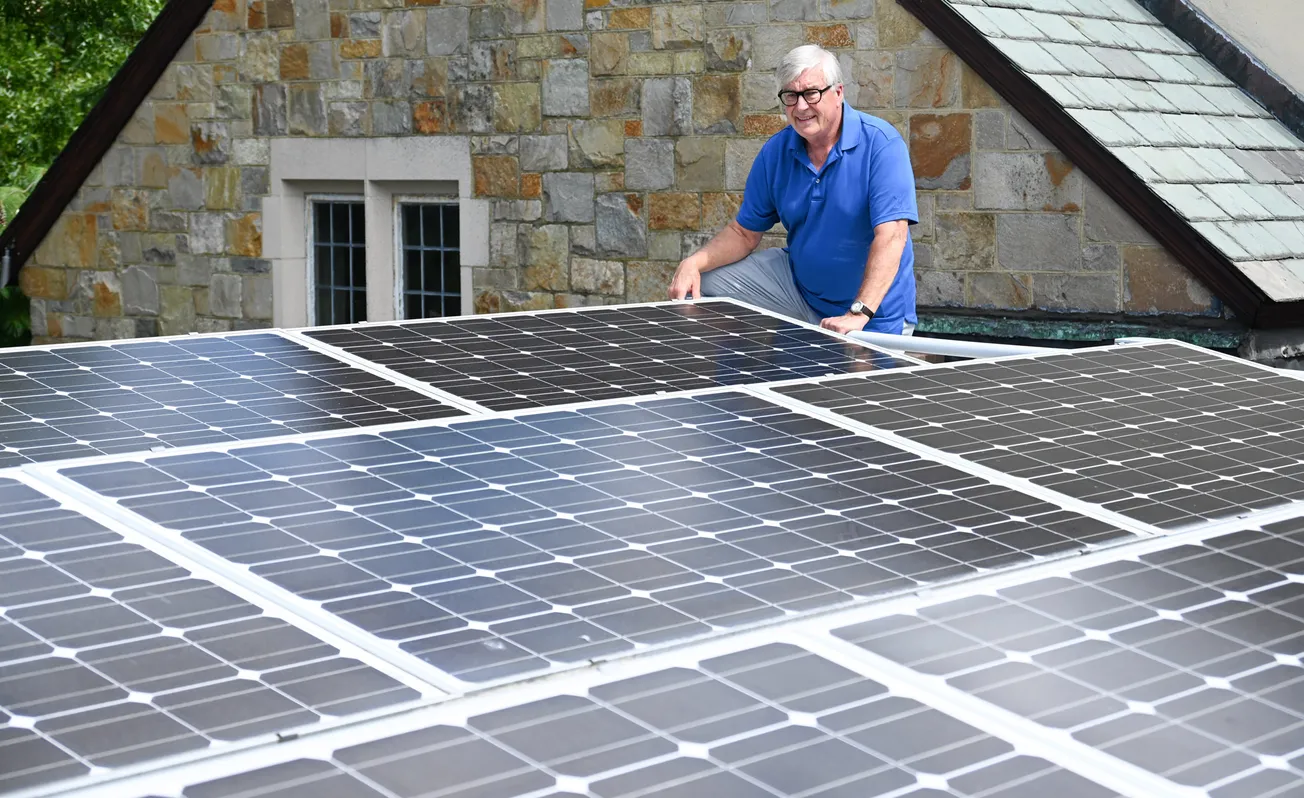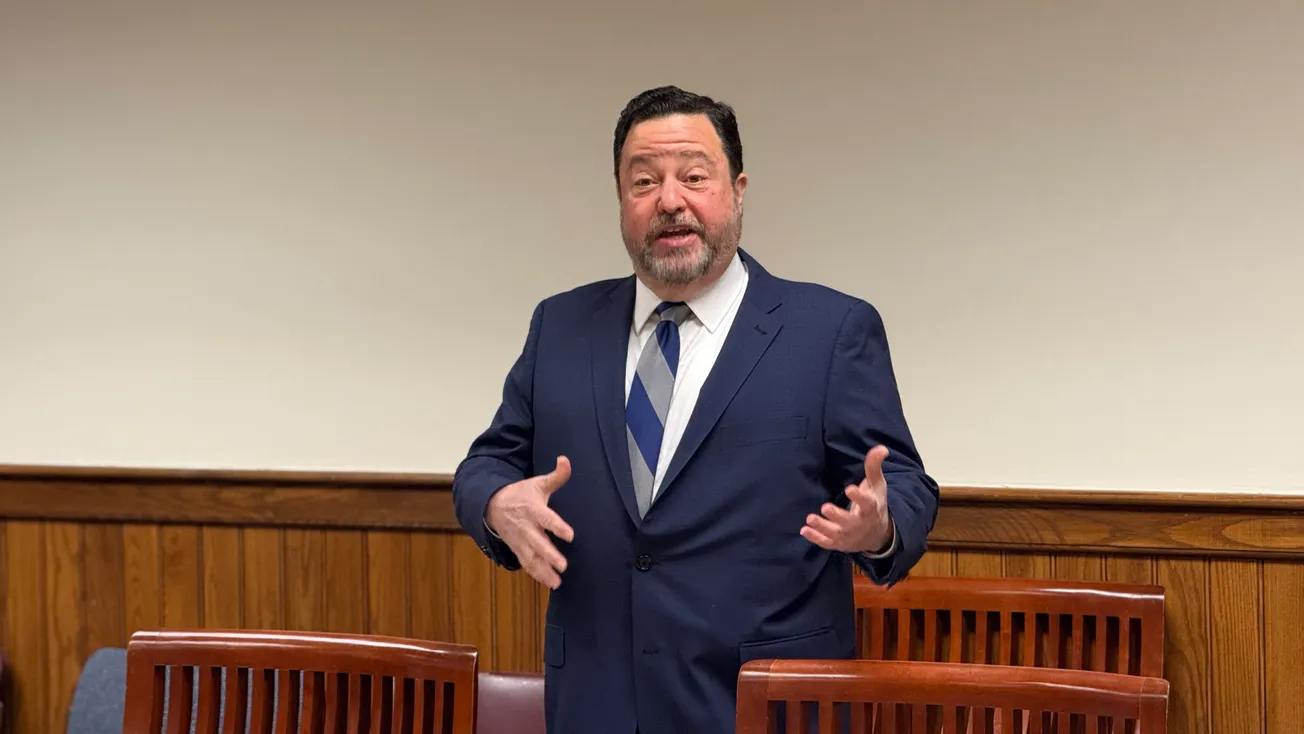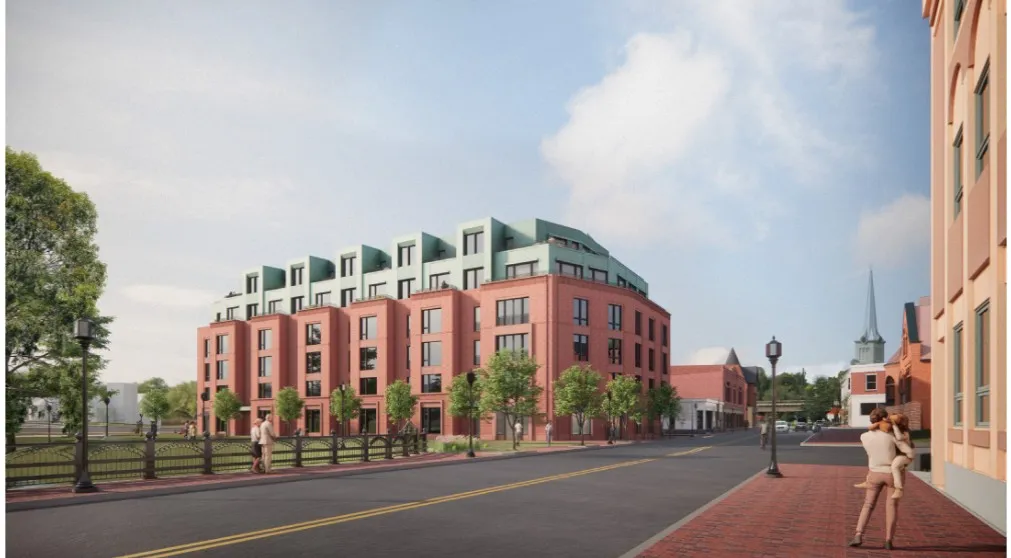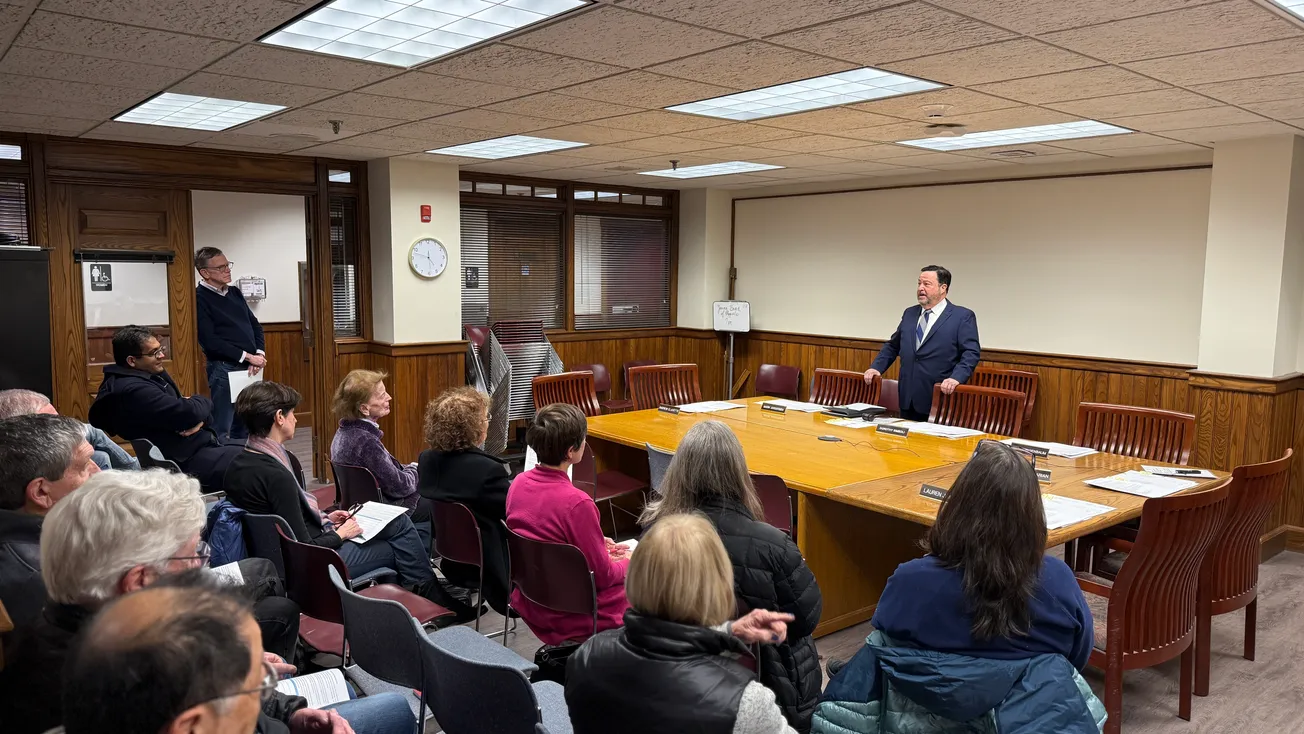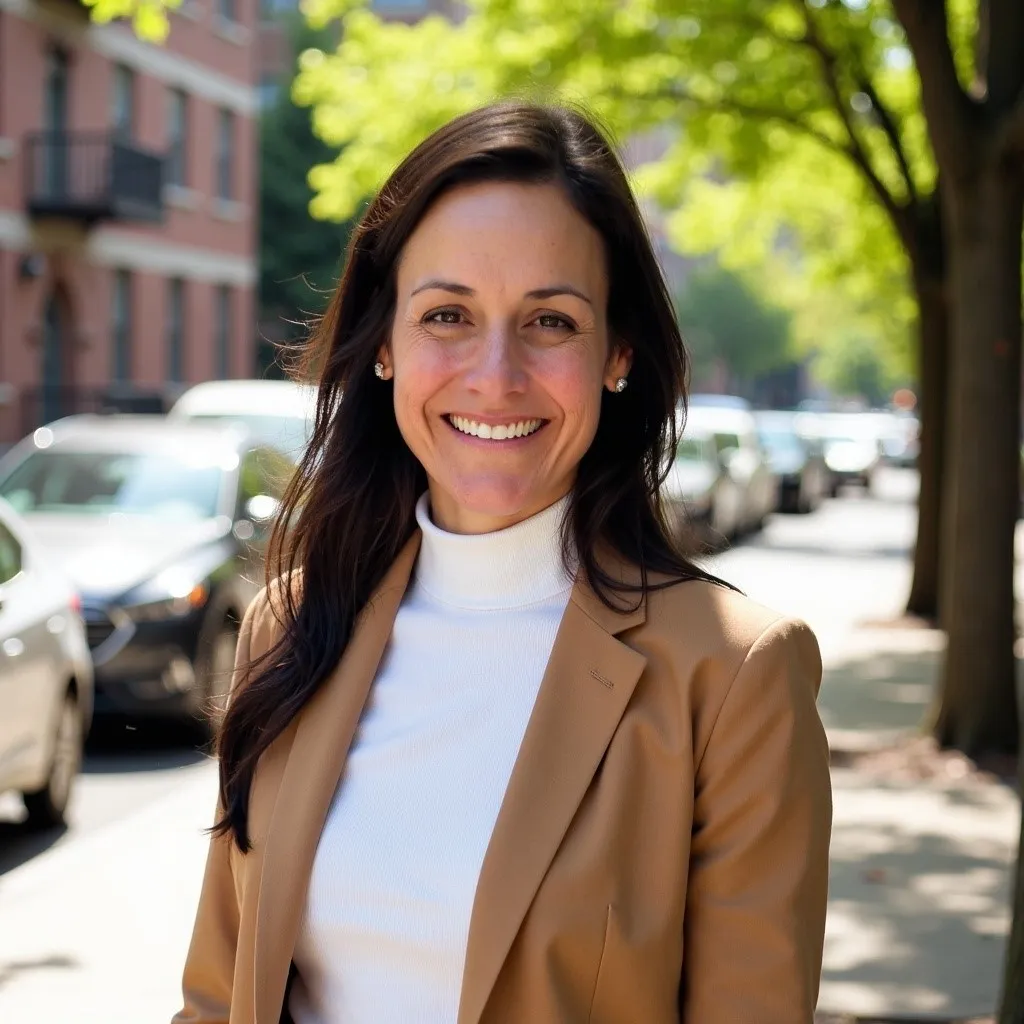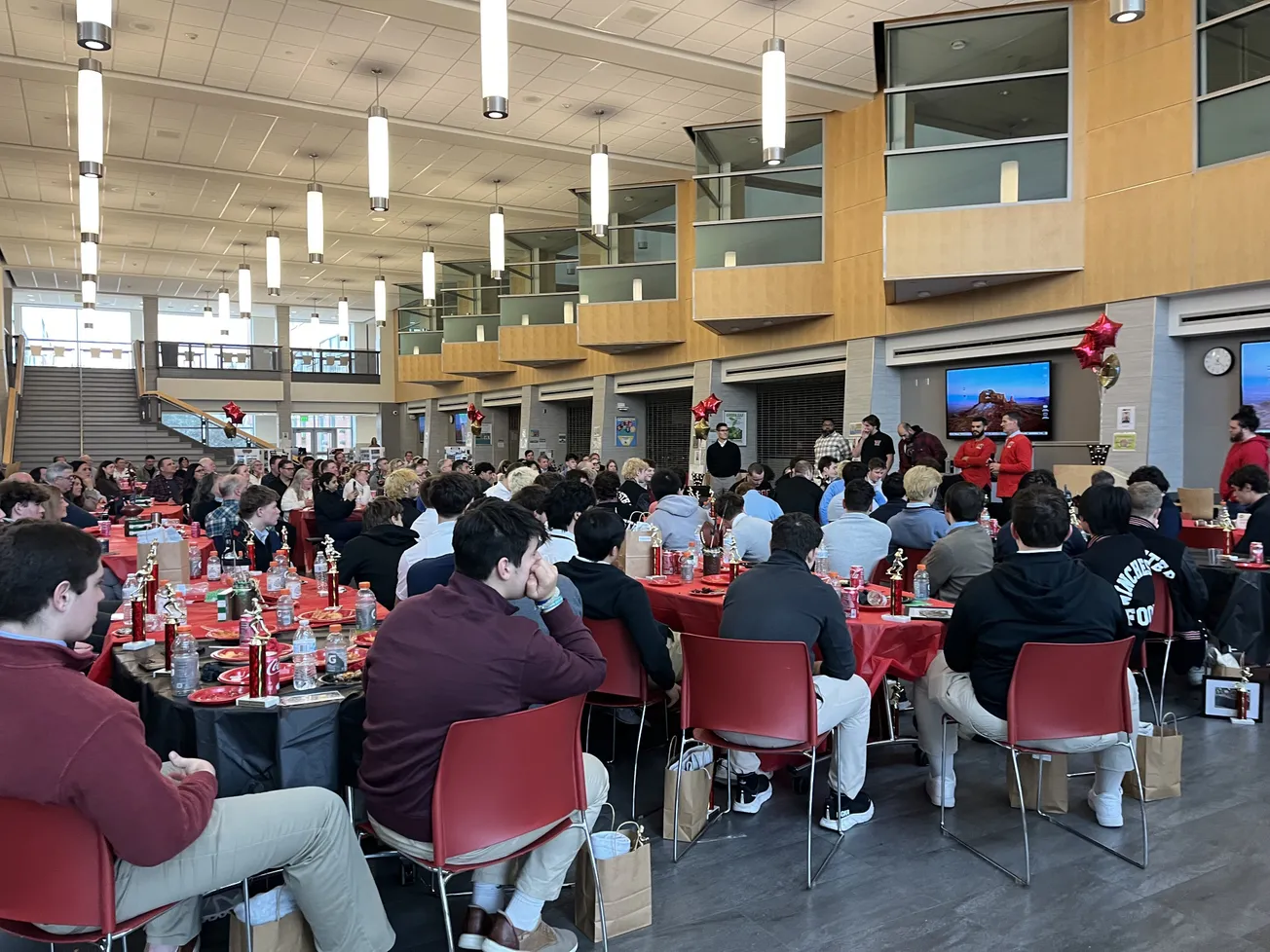Table of Contents
The following was submitted by the Winchester Unitarian Society:
The historic Winchester Unitarian Society church is setting an energy-efficiency example for the community and other historic churches across the region.
Since 2006, the church has achieved energy and emissions savings of nearly 70% of its electricity consumption, 55% of its natural gas use, and over 674 tons of carbon emissions.
According to Chuck Kheun, a retired systems engineer, and the Building & Grounds Committee (BGC) chair at Winchester Unitarian Society, the incremental efforts over the past 15 years were accomplished on a very small budget and with creative problem-solving.
“In FY 2006, the church’s total energy expenses exceeded $41,500 and were growing. This represented nearly 9% of our entire annual expenses,” Kheun shared. “Each year at the end of winter the treasurer would make a special ask of the congregation to contribute to paying the energy expenses that exceeded the budget.
“In early 2006 the newly formed BGC decided a different approach was required,” he continued. “Instead of paying the approximately $7,000 additional funds raised to the energy suppliers, the church decided to apply the funds to fix the problem.”
The Winchester Unitarian Society officially formed in 1865 and built its first church in 1870. After a fire destroyed this wooden structure, the current building was constructed of Weymouth seam granite on the same site and dedicated in 1899.
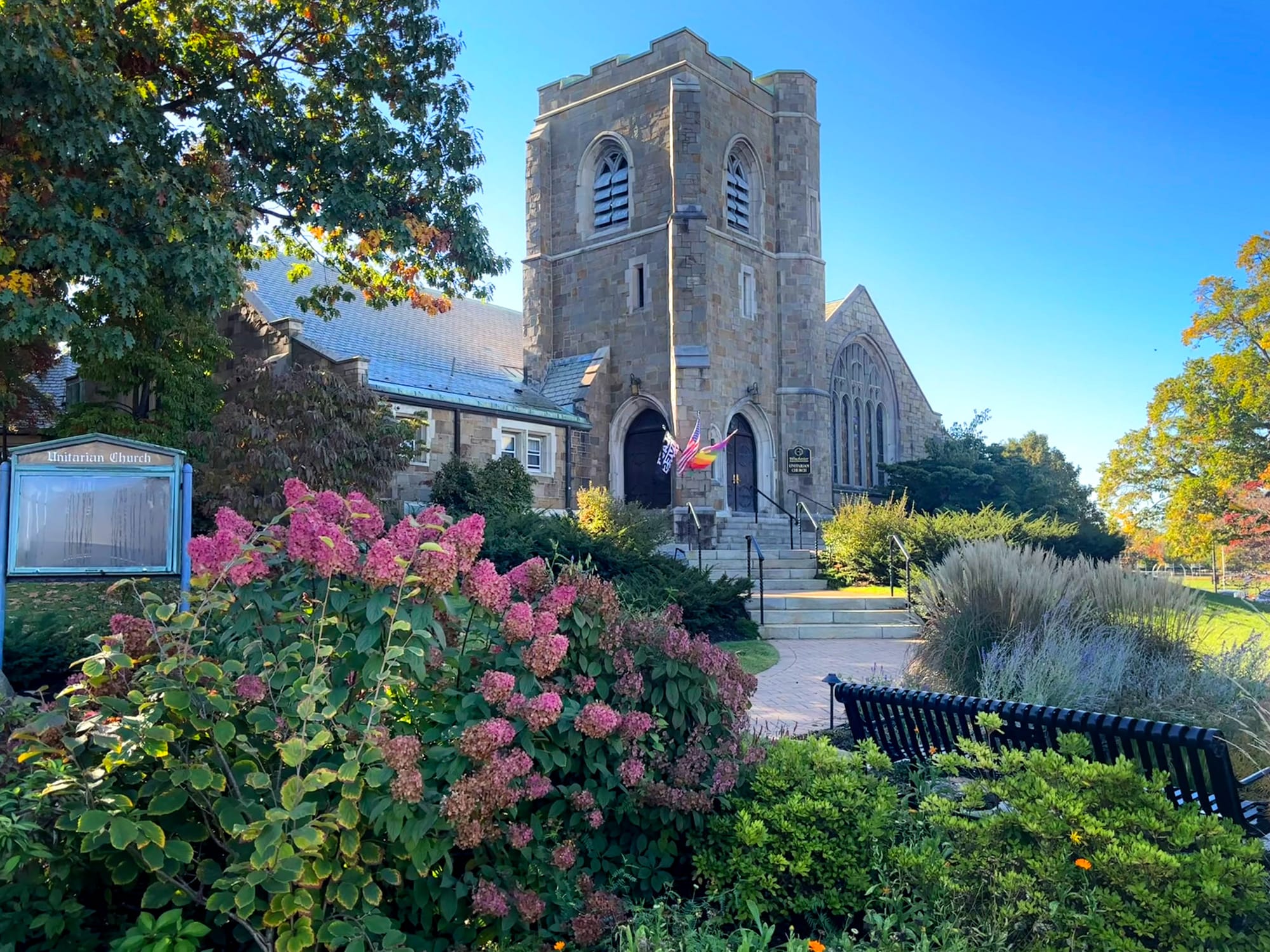
The building was extended in 1928 and 1952 to double its original size with the addition of offices, meeting and classrooms, and a gathering hall, with an additional small expansion in 1999 to add an elevator, more classroom space, and a new, dual-fired (oil or gas) steam boiler. The current building now totals just under 30,000 square feet.
According to Kheun, following the recommendations of the first engineering study, an Energy Stewardship Assessment (ESA) from Massachusetts Interfaith Power and Light (IFPL), the church spent $2,000 on an HVAC engineer to locate the sources of the most flagrant energy losses and then used the balance of that $7,000 to attack the most critical issues on the IFPL list.
The cost of all of these improvements paid for themselves in the first year, saving substantial CO2 production and freeing funds for other uses.
“It’s fairly unusual for historic churches to venture into adapting green measures, but with high rising energy costs, the church was forced to look at the issue,” he adds.
Because Kheun and Joe Randolph, an electrical engineer, knew the church couldn’t afford to replace the entire heating system, they approached the problem systematically to figure out where the energy losses were occurring.
“We are committed ethically and morally to reducing carbon emissions because as Unitarians, it is one of our operating missions to protect the environment, and being conscious of emissions and carbon and wasting energy is in our DNA,” states Kheun.
The men took $2000 of the $7000 of the special heating campaign funds and hired an HVAC company to delve into the specifics of heat loss in the building.
“They came back saying we were basically heating the outside,” he says. “We realized that the system was designed in 1899 after the global flu pandemic in 1840. Because of that, any places of worship and gathering spaces had to increase the amount of fresh air flowing through the building to reduce the likelihood of a virus spreading. We were heating almost entirely with outside air and had 15 air vents in various parts of the old church.”
After plugging up the vents, the church then switched the boiler from oil to natural gas. Having made those two changes, heating expenses dropped from $33,000 in 2006 to $14,000 in 2008 – a 57% savings in energy expenditures. It proved to the church that they didn’t have to replace the entire heating system to realize significant savings.
Kheun adds that one of the biggest barriers for most churches to realize these kinds of energy savings is that they are run by committees that don’t necessarily have the expertise to manage the complexities of the problems.
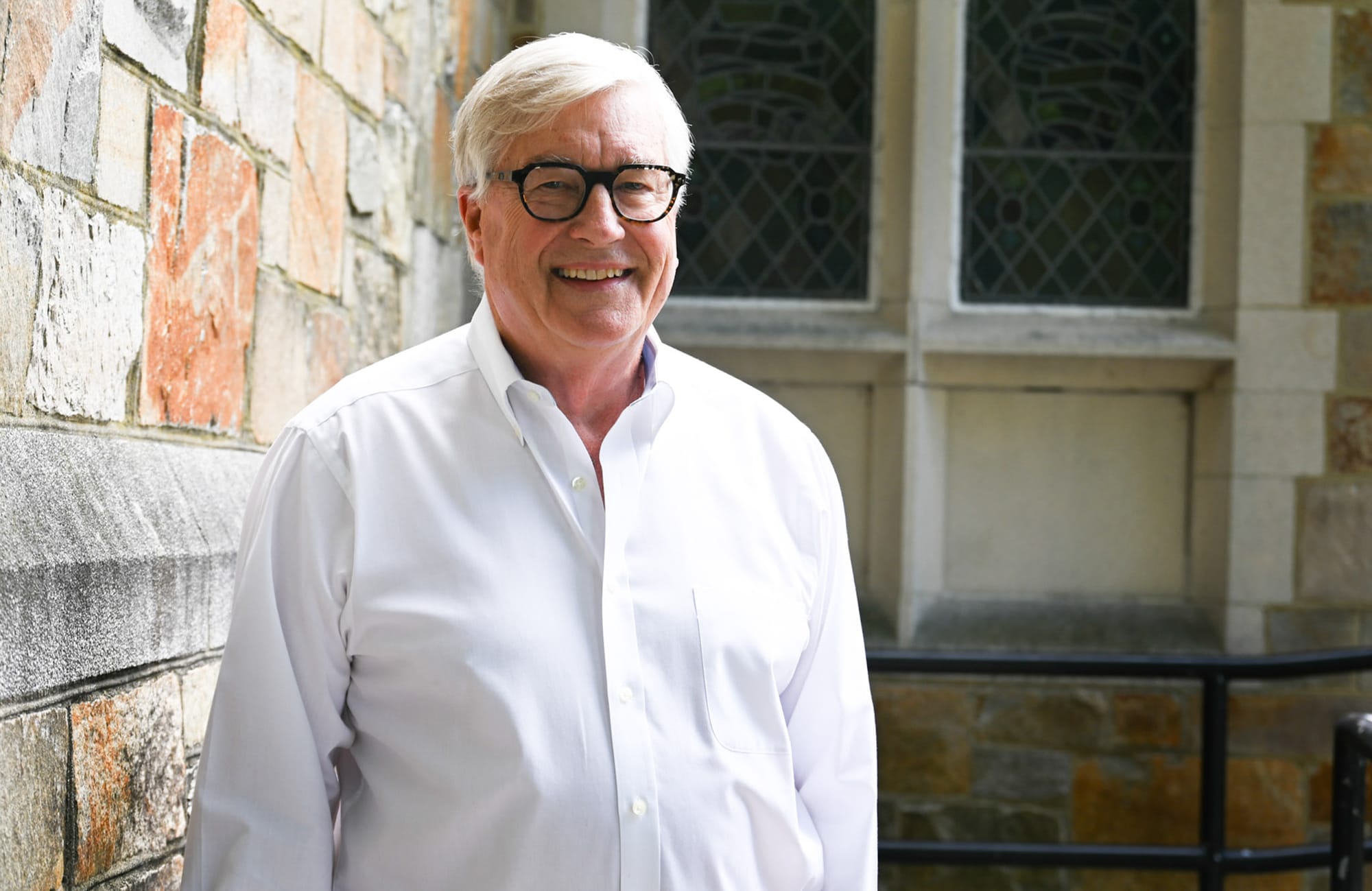
In 2010, after making the next round of changes which included Wi-Fi-based programmable thermostats, further tunings to the boiler, weatherstripping the entire building on the heat side and the electric side, adding solar panels, and switching to all LED lights and all energy-saving appliances, the church was awarded an Energy Star Award.
“Heating costs at this point were more than 9% of our operating budget. With these improvements, the costs went down to less than 4% of the operating budget. The award recognized us in the top 20% of church buildings in the nation,” Kheun adds.
In the end, the historic Winchester Unitarian Universalist Church invested approximately $60,000 over 15 years to accrue $294,000 in energy savings. The committee has continued its efforts to reduce energy costs and adhere to its mission of cutting emissions and setting an energy efficiency example for the community.
The church is currently conducting a detailed engineering study to select the best method to insulate its RE Wing walls and replace the windows with new, efficient windows that match those on the rest of the church. Both are responsible for significant heat loss in the church.
In addition, the church has started the process of buying out the current owner of its solar array, moving toward realizing 100% of the produced energy and investigating upgrading the solar panels so that the solar array produces nearly all of the electricity the church consumes.
“This is an ongoing challenge as the building is over 100 years old, heated with steam, and funds are limited. The church is evaluating alternative heating systems and alternative biofuels moving forward. We hope to replace the boiler by 2030 to accomplish this,” Kheun explains.
Kheun shares, “The most rewarding part of this project is the success we’ve had. It will be good to share with other churches that these energy savings are possible.”

